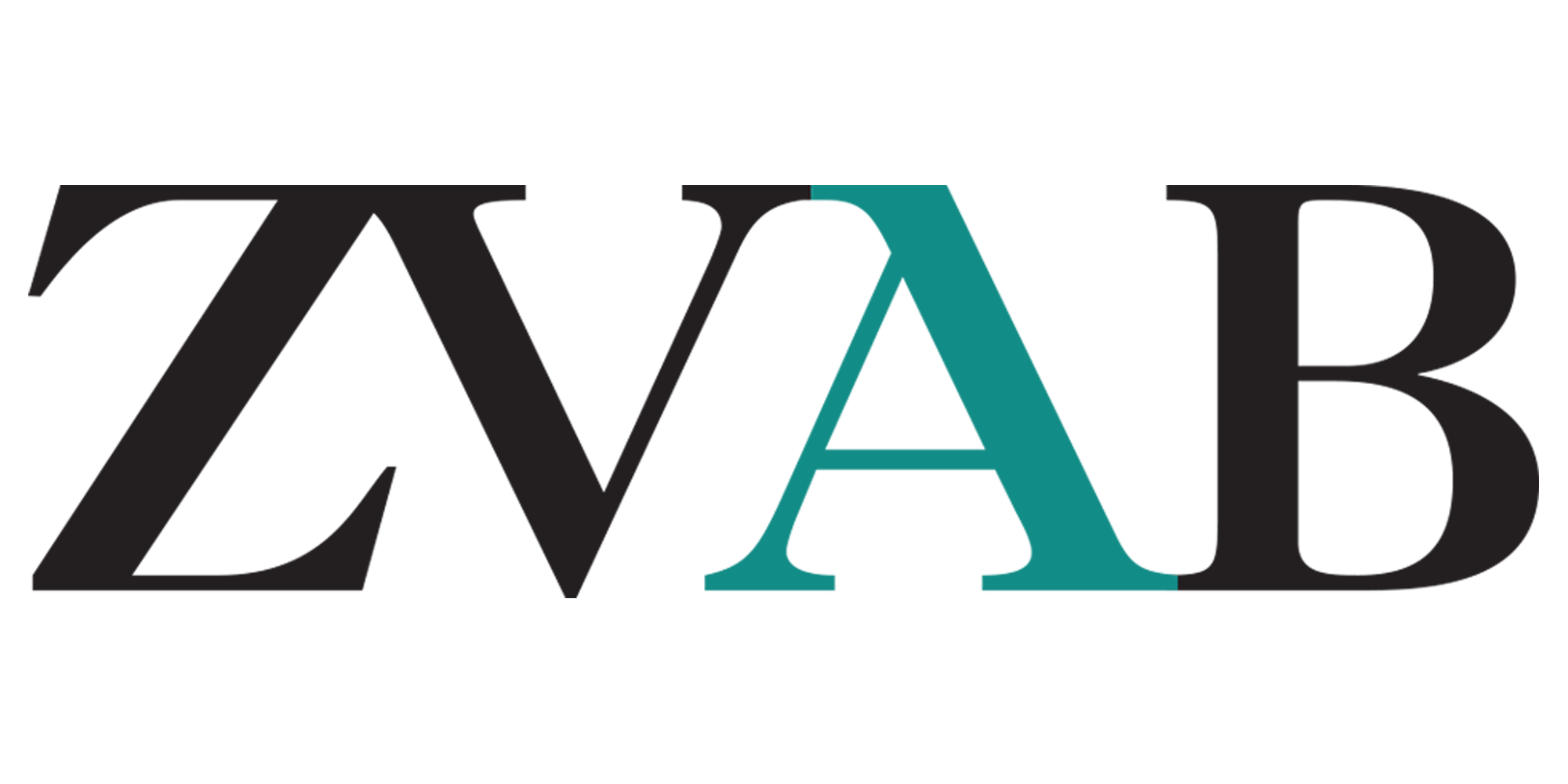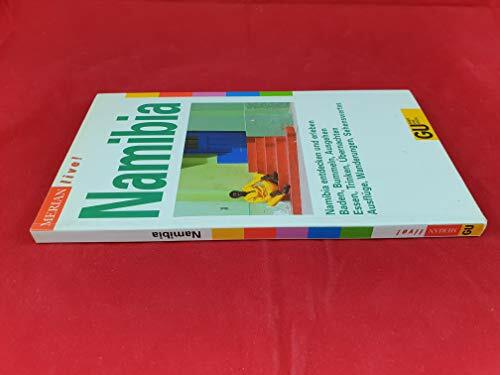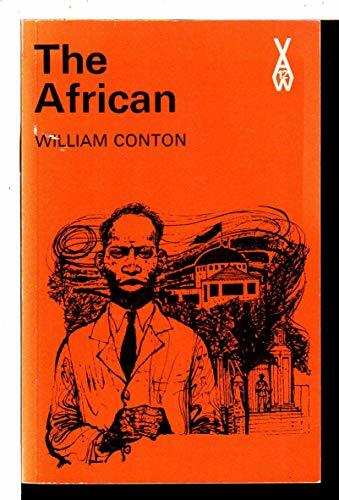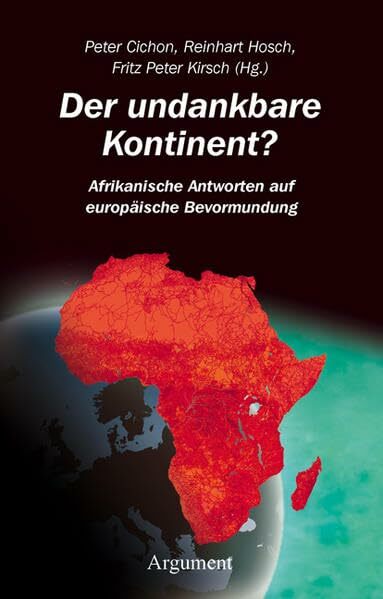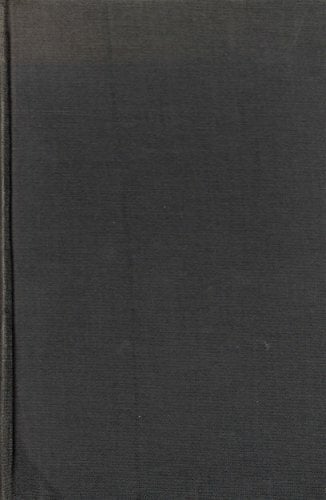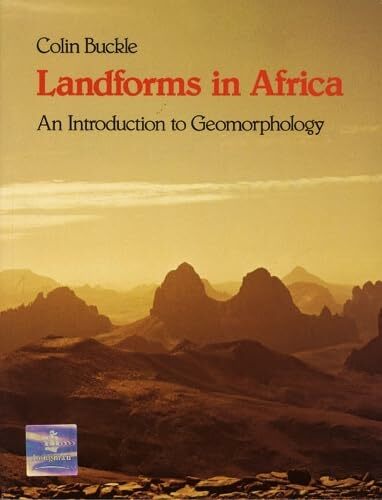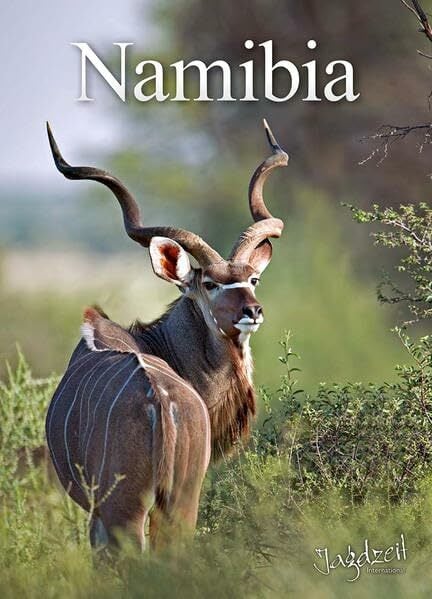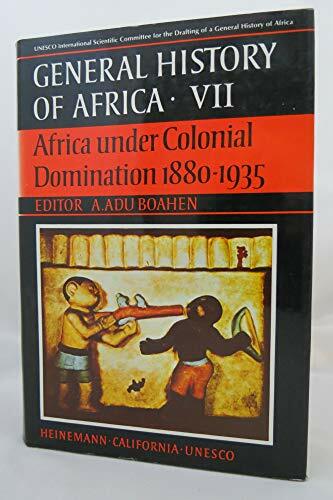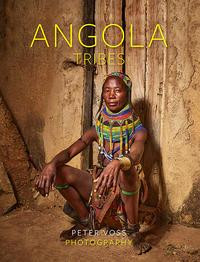
Angola
Kurzinformation
inkl. MwSt. Versandinformationen
Artikel zZt. nicht lieferbar
Artikel zZt. nicht lieferbar

Beschreibung
Angola - I love this land - is on the move and I visited it again for several weeks in August/September 2021. After 30 years of civil war and 10 years now of stable peace, the country is still in its infancy with regard to tourism. Even for those with travel experience in Africa, Angola is one of the last "blank areas" on the continent so that there are as good as no tourists here, let alone photographers. The city of Luanda is counted incidentally as the most expensive capital worldwide and is also called the "Dubai of Africa". Huge offshore reserves of gas and oil have completely upset the price structure. Angola is an emergent regional power in southern Africa - a country with an unparalleled balancing act in the face of its incredible wealth of mineral resources and concurrent enormous poverty. A small state elite profits from this and casts a hopeful eye on capital markets abroad. The rapidly growing young population lives for the most part in poverty, however, and the gap between rich and poor is especially wide here. There is extreme inequality between the social classes in Angola - and it is chronic. Only a very small minority wallows in opulent luxury. The country itself, three times the size of Germany, is a land of great contrasts, a huge puzzle of different climatic zones, landscapes and cultures, characterised by the alternation between tradition and modernity. The population of Angola is similar to most countries in the region with regard to its structure. With the exception of the small group of Khoisan living in the southwest, all the other Angolan ethnic groups belong to the Bantu group. The very small group of Europeans consists largely of people of Portuguese origin. They found the correct language designations too difficult and so there are two names for all of Angola's indigenous tribes. When the country became independent in 1975, there was a mass exodus of the Portuguese. And with them went also the expertise and capital denied to the Africans. However, the common language up to today is Portuguese. My journey began with the landing in the capital Luanda, where approximately 10 million people live, and from there went in a southerly direction along the coastal road, often with pleasant views of the sea and the beach. The eight-hour journey took me first to Benguela. My first resting place - and last one in a hotel - was in this lively town with its 3 million inhabitants. The next morning I continued south - another eight hours in the jeep - as far as the province of Namibe, home of the Herero groups, in this case also known as Himba or Ovahimba. (Fig. 1) They also live by the river Kunene in northern Namibia. On my numerous trips to the former German colony I had already been fascinated by this ethnic group with their red body painting (red granite dust mixed with fat). They are nomadic hunters, gatherers and cowherds and are part of the Bantu language group. Some of them also moved to southern Angola in the 16th century. I spent my first days "in the bush" and in my tent in the region around Virei. The Mucubal (Ovakuvale) also live here. Their hair adornments are known as ompota. The cord around the female breast is called oyonduthi and serves as a kind of bra. (Fig. 2) My journey led me further to Oncocua, Pediva and Otechifengo in order to be close to the Mucawana (Ovahakaona). They, too, are wonderful, peaceable people who often live so isolated that they hardly know white people. (Fig. 3) In the following days we drove over dirt tracks in the direction of Cahama. I was able to meet another indigenous tribe, the Mumuhuila (Ovamwila). Their wonderful hairstyle with the unusual plaits with mud crusts and the colourful neckbands (Vikeba) I would like to call art. Great craftsmanship is required here to create this. (Fig. 4) The wonderful moments with the people I met on this journey form my most important memory and were a priceless experience. Even in the most remote "bush" we were never alone. Alone the sound of our vehicle's engine roused the curiosity of the natives, for it signalled that strangers were coming! Almost every morning when we crawled out of our tents, several inhabitants - often with children - were already standing within due distance from us, observing exactly what we were doing. After breakfast we usually invited them to come closer and gave them rice, pasta, fruit, bread or sweets. A subsequent photo shooting often then developed. My two wonderful guides Jake and Mario always made very friendly contact with the natives during our trip and gave me a signal when I could take photos. Following this I always thanked them in the local currency - and the people were usually then radiant, for they knew that they would now be able to make ends meet financially for a week or more. I had also brought a lot of bags with me from Germany containing small lighters, combs, mirrors, pencils, toys, ballpoint pens and many other articles - all things which were also very gratefully received. We gave out sweets, biscuits and chocolate amongst other things to the children. The children are real treasures, extremely interested and approachable, for our visit brought a little variety to their everyday life as cow or goat herds or water carriers. If the school is too far away, their entire life consists of these very strenuous activities. Several times we were invited extremely warmly to village festivals; a goat was slaughtered and dancing and drinking took place around a campfire. A wonderful expedition came to an end much too quickly - and in retrospect I am glad to say I never had the impression that the identity of these wonderful indigenous tribes is threatened in the intermediate term. von Voss, Peter
Produktdetails

So garantieren wir Dir zu jeder Zeit Premiumqualität.
Über den Autor

- Hardcover
- 256 Seiten
- Erschienen 1991
- BLOOMSBURY 3PL
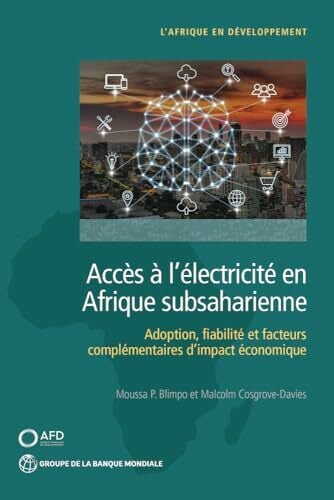
- paperback
- 180 Seiten
- Erschienen 2020
- WORLD BANK PUBN

- map -
- Erschienen 2013
- Reise Know-How Verlag Peter...

- hardcover
- 81 Seiten
- Erschienen 1973
- University of Wales Press

- map
- 1 Seiten
- Erschienen 2013
- Kümmerly+Frey




